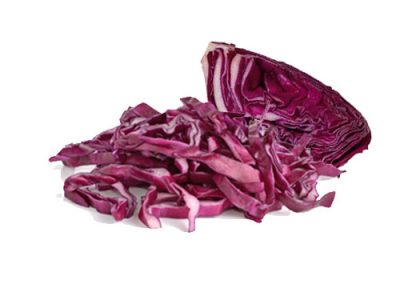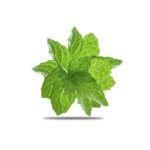

Indian Mint Uses And Medicinal Values
Indian Mint aka Mexican mint Uses
There are numerous exotic underwater plants that grow wonderfully in ponds, sea, lakes and rivers.
These underwater plants not only look beautiful but also have important nutrients and vitamins in it.
Some of the exotic underwater plants in the world are Kelps, Posidonia, Water Milfoils, Water Hyacinth and the Water Wheel Plant.Hundreds of species living under the water eat the algae plants that are found under the water.
This topic will deal with a plant named Indian Mint. The botanical name of this plant is Plectranthus amboinicus.
The other common names of this plant are Country borage , French thyme, Indian borage, Indian mint, Mexican mint, Soup mint, Spanish thyme, Big thyme, Thick leaf thyme or broad leaf thyme, Poor man pork or broad leaf thyme, Broadleaf thyme, Cuban oregano, Mexican thyme, queen of herbs, three-in-one herb, allherb, mother of herbs. This tender fleshy perennial plant comes under the family Lamiaceae.
Native And Growth
- This plant is native to Southern and Eastern Africa, from South Africa and Swaziland to Angola and Mozambique and north to Kenya and Tanzania.
- This plant is used as an ornamental and decorative plant in many houses in south India.
- This large aromatic plant has hairs with smelling leaves.
- The fleshy stems measures 90 cm with long hairs.
- The undivided and oval-shaped leaves have aromatic smell.
- The pale purplish flowers are on a short stem.
Medicinal values
-
- The leaves are used a flavor in meat and poultry stuffing.
- The leaves are also used as a vegetable in many countries.
The leaves are used for treating coughs, throats, nasal congestion, infections, rheumatism, malaria, asthma, renal diseases, vesical calculi, epilepsy, and flatulence, hiccup, long infections skin ulcerations, diarrhea, skin allergy, liver diseases and other diseases.
- The leaves are administered as juice to lactating women to improve milk production.
Indian Mint Uses
- This plant grows wonderfully in well-drained, semi-shaded areas.
- The natural antioxidant properties are found in this plant’s leaves, fruits, seeds, roots and bark.
- The leaves act as a free radical quenchers since it has rich antioxidant properties.
- The leaves acts are anti-inflammatory, antimutagenic, hypocholestemic and antiplatelent aggregation properties.
- The leaves are also used as a decoction for treating many chronic diseases.



